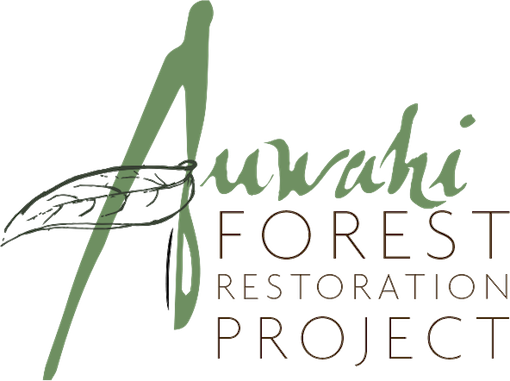Past the little town of `Ulupalakua...
...and the tiny but graced headquarters of ‘Ulupalakua Ranch, on the leeward flanks of Haleakalā volcano, begin in earnest lava fields that continue for another twenty of so miles until Kaupō district. To most who pass this way, kapu to rental cars, the lava seems barren and like a moonscape, formidable, almost hostile, and seemingly incapable of supporting life of any kind. Most are shocked to find out that these lava flows support some of Hawai’i’s richest forests, the source of much the material culture of the ancient Hawaiians-the Hawaiian dryland forests.
To those who pass through only once, their memories recall buffering winds and torturously pitted roads winding through stretches of twisted lava and rocky ridges. But to those who know this country better, each of the ahupua’a (wedge-shaped land districts) that makes up southern Haleakalā is deeply unique. To botanists, some of these ahupua’a names have acquired near legendary status, Kanaio, Luala’ilua, Kapuni, Alena, Auwahi. This is due to the turn-of-the-century explorations of early Hawaiian botanists like Charles N. Forbes of the Bernice P. Bishop Museum, and the renowned Joseph Rock of the then College of Hawai’i (now the University of Hawai’i at Mānoa). Rock singled out the Auwahi District, on Haleakalā, and the Pu’uwa’awa’a District of Hawai’i Island as the richest botanical regions in the territory, with more tree species than any Hawaiian rain forest.
Despite the renaissance of Hawaiian language and culture, few landscapes remain that resemble those of early Hawai`i. Leeward forests, such as Auwahi, critically important for their biological and cultural resources, are now among Hawai’i’s most threatened ecosystems. Dr. Isabella Abbott called Auwahi a wahi pana (sacred place) and ‘toolbox for early Hawaiians’. Auwahi forest remains one of the last places where the Hawaiian trees used for farming tools, fishing equipment, canoe construction, weaponry, and in hula and spirituality can still be found. Maui’s community is eager to learn and participate in conservation efforts in remote, mountain areas. Since 1997, the mission of the Auwahi project has been to restore and preserve tracts of native forest at Auwahi through volunteerism. Today, Auwahi forest is not only an irreplaceable sanctuary for biological and cultural resources, but as importantly, a site where people can learn about native forests and participate in their protection.
Thanks to the volunteerism of the Maui community and contributions of landowner `Ulupalakua Ranch, restored forest patches at Auwahi, despite their small size, now provide sanctuaries for native Hawaiian species found nowhere else in the world.
Auwahi project site as viewed from google earth
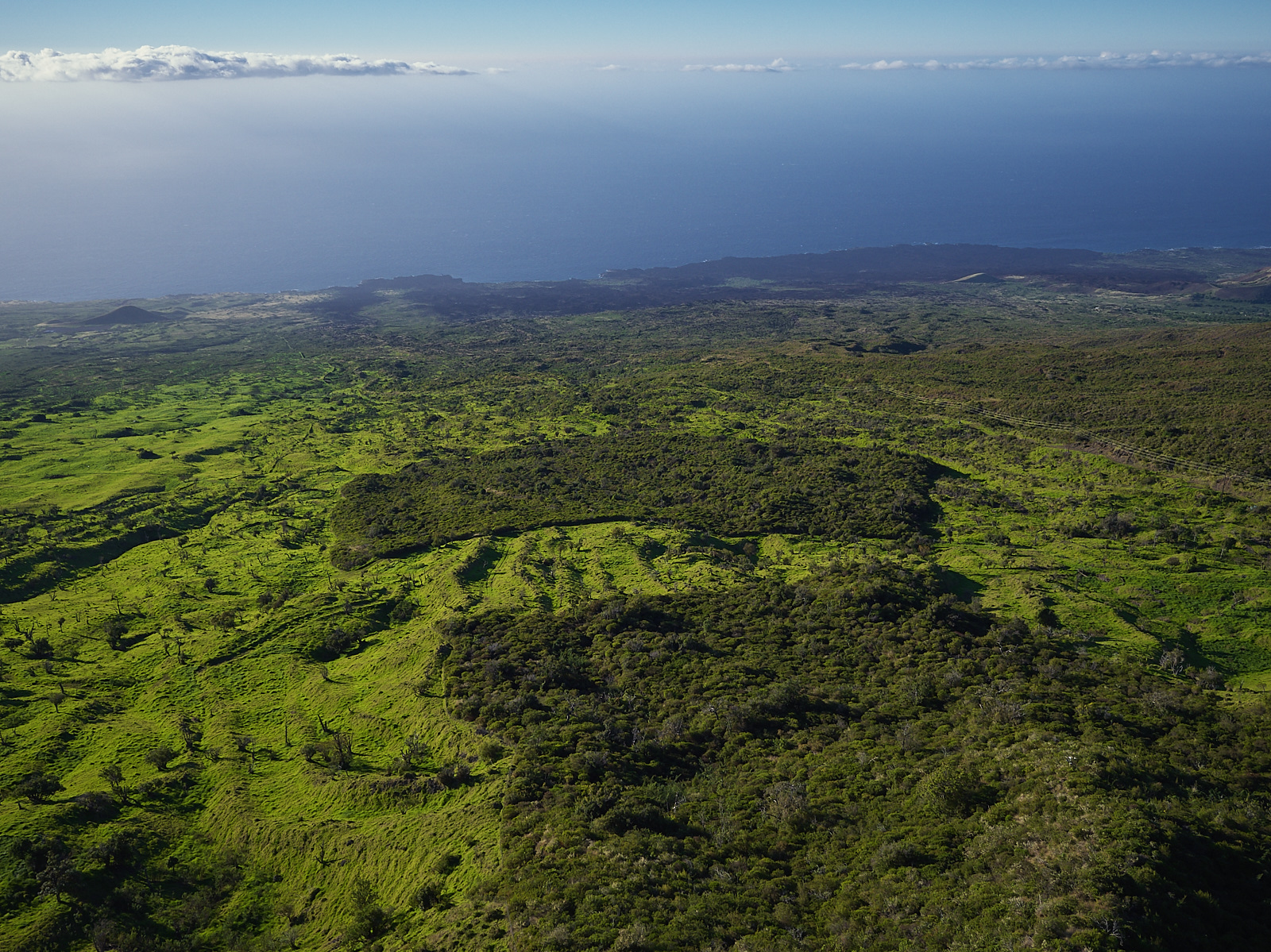
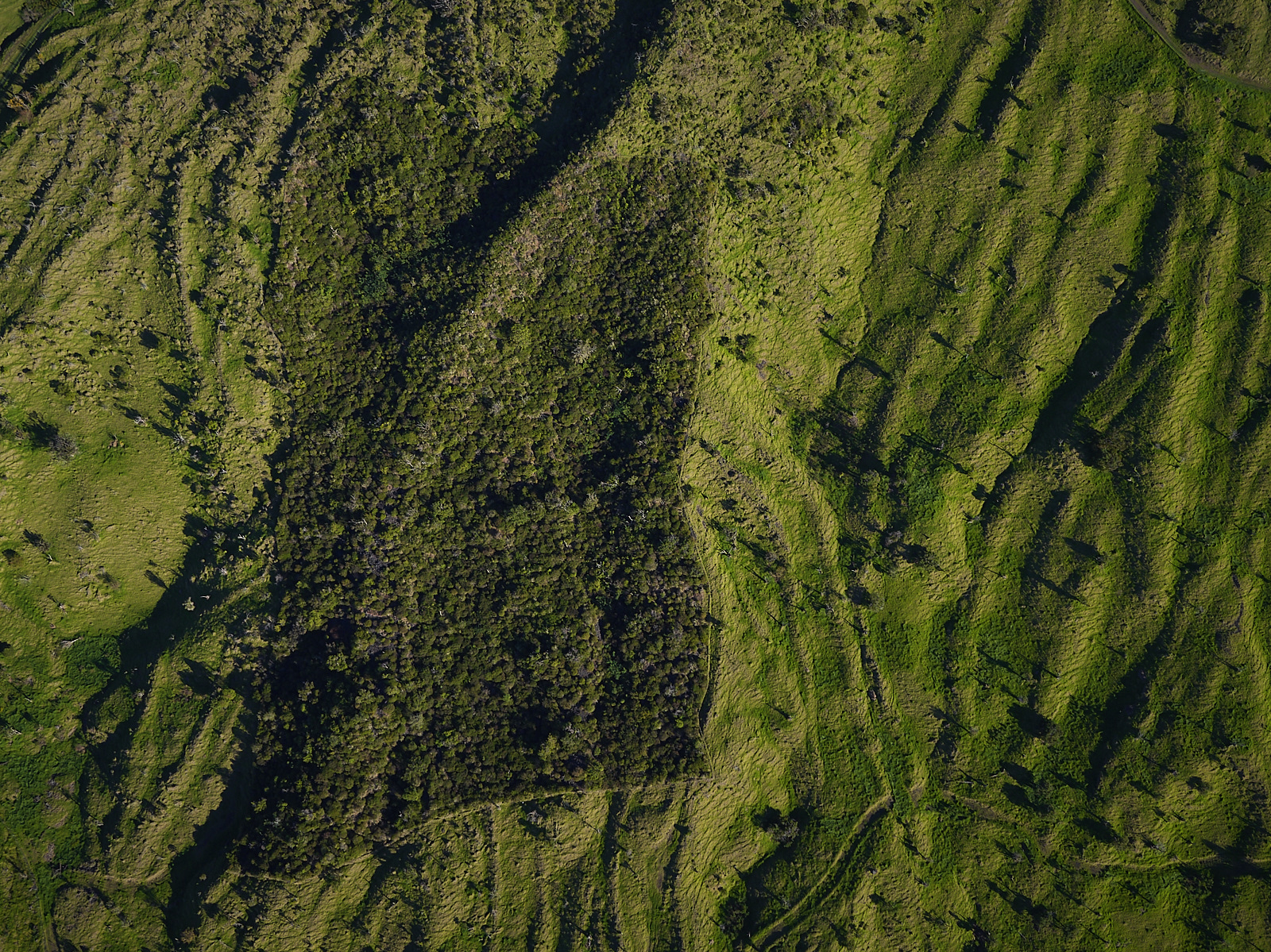

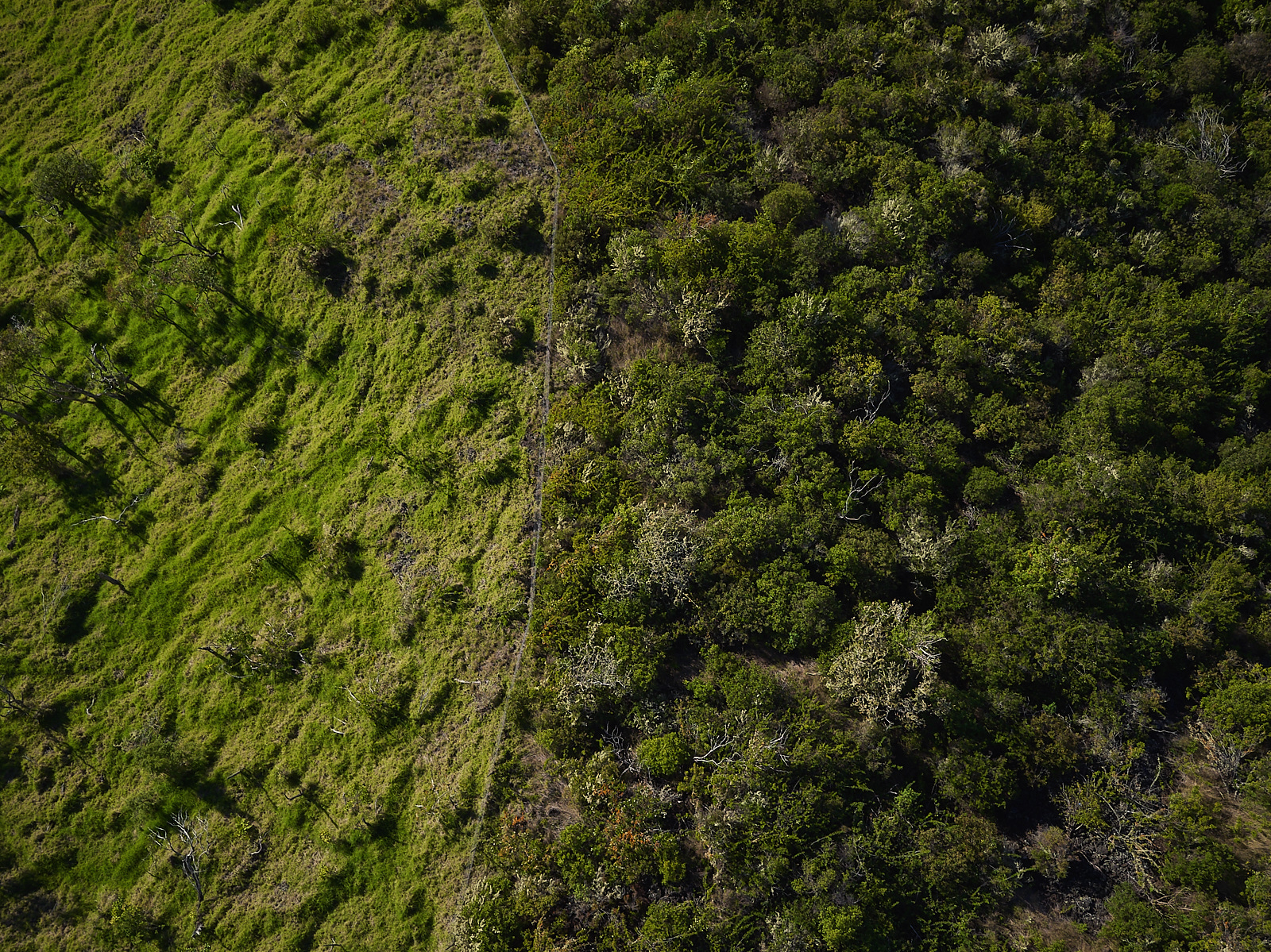
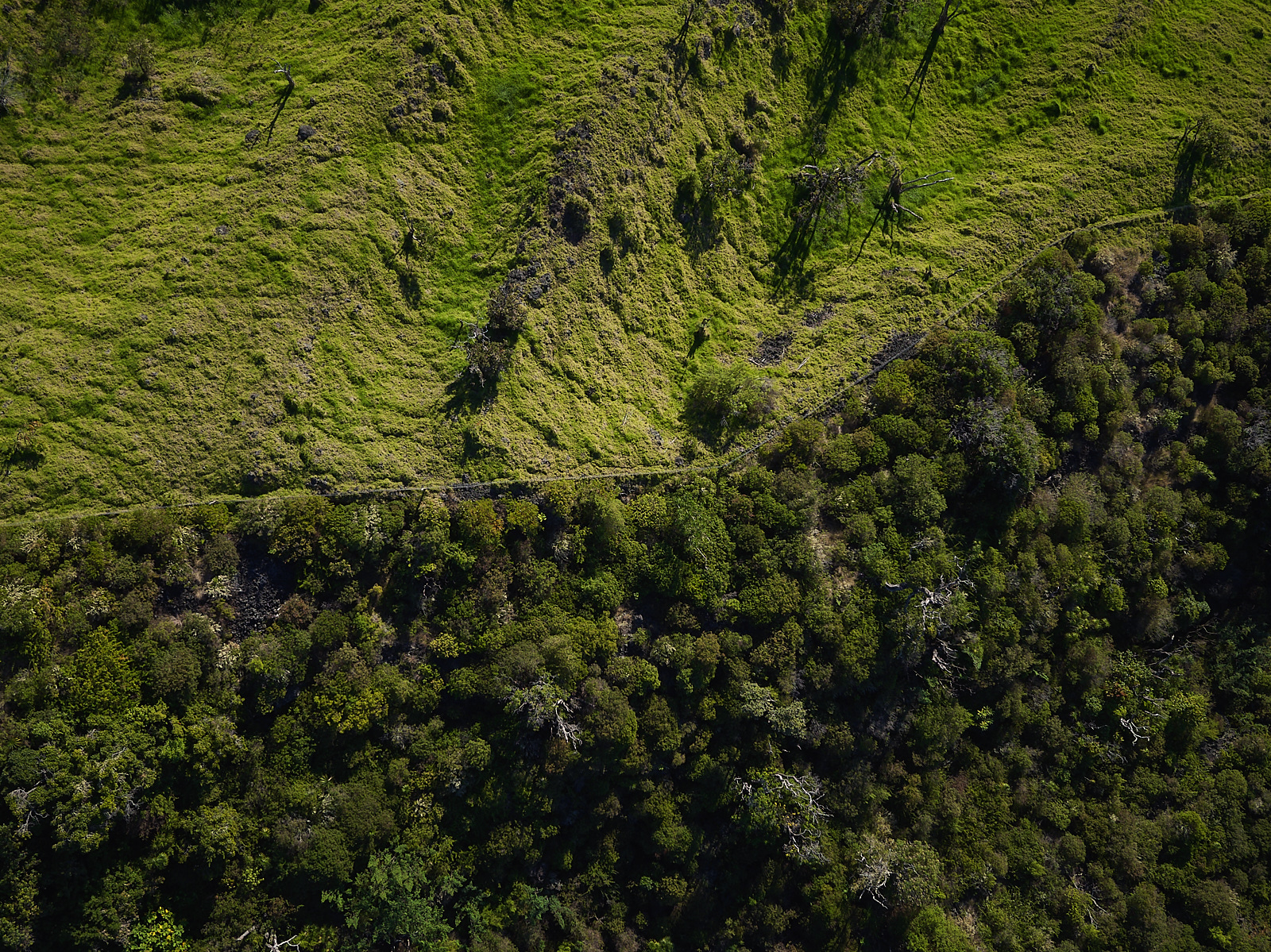
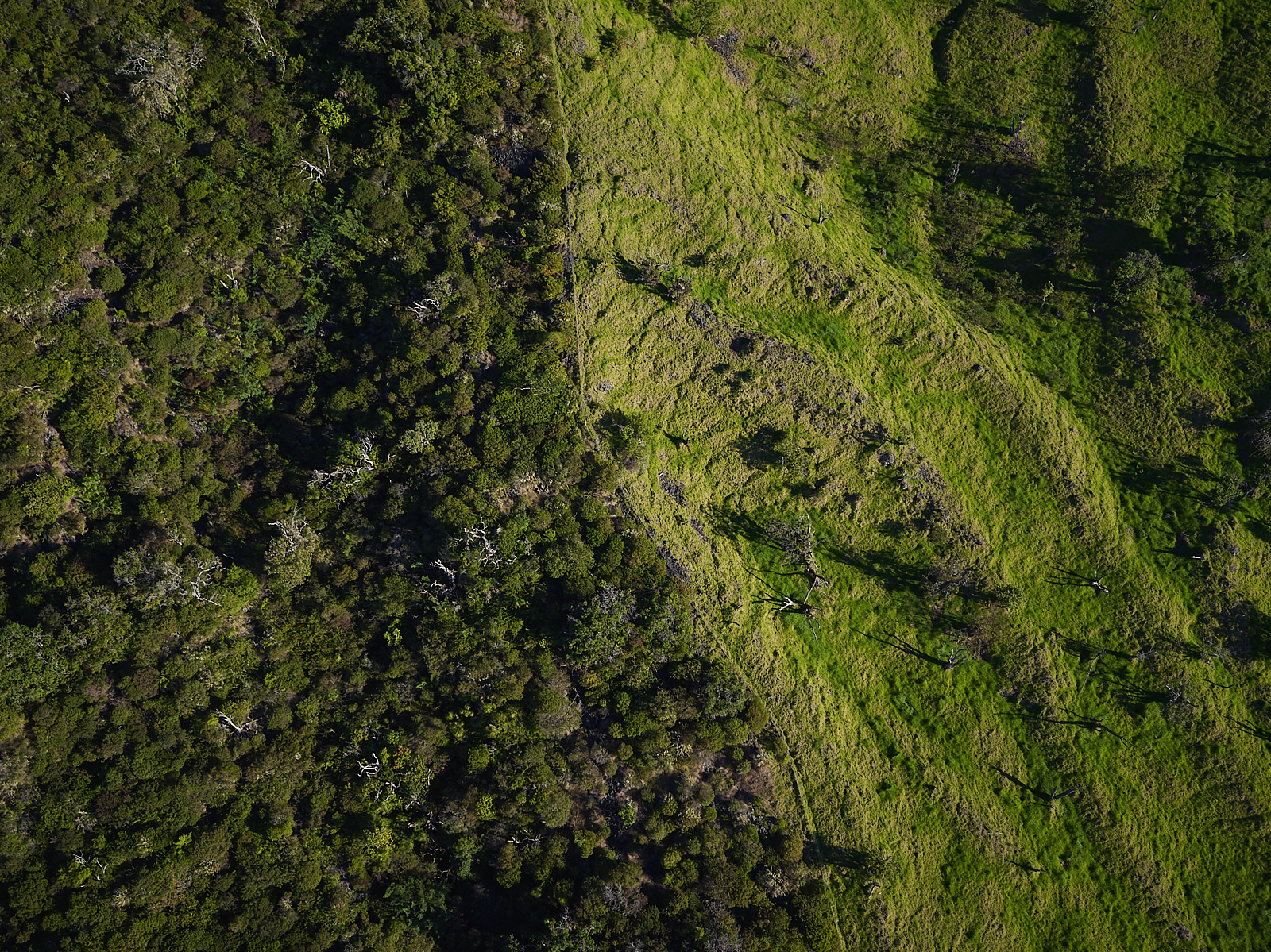


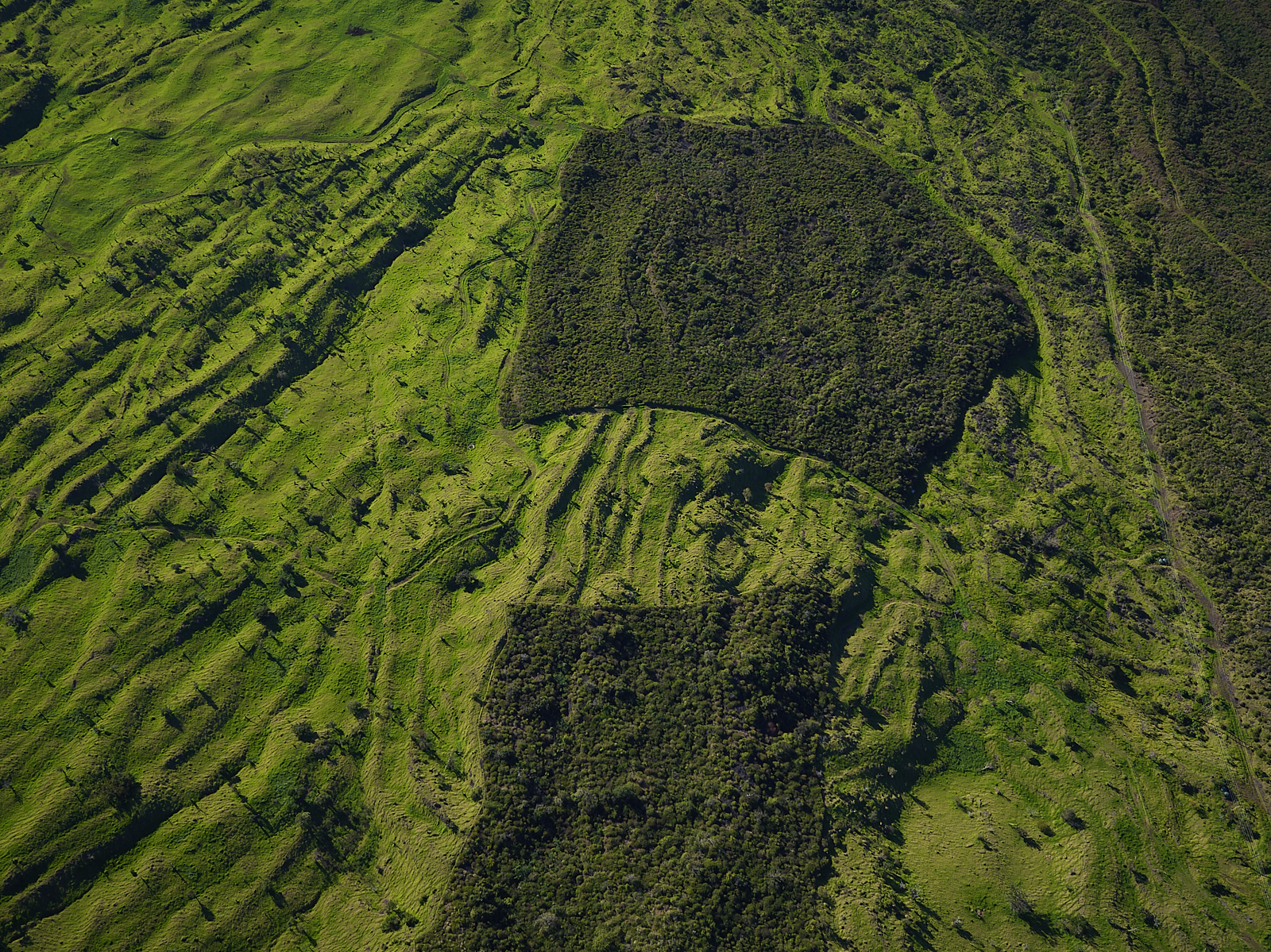
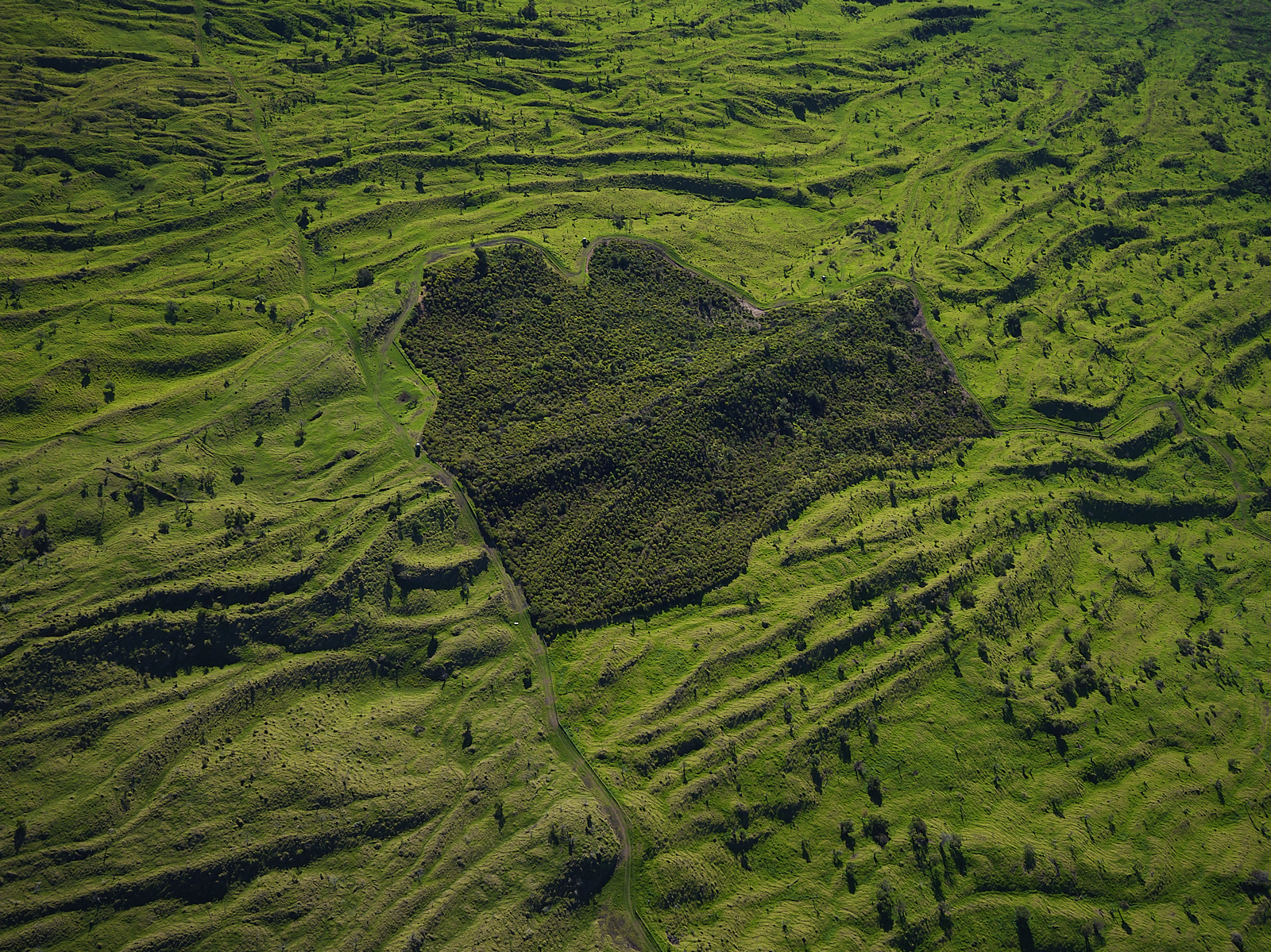
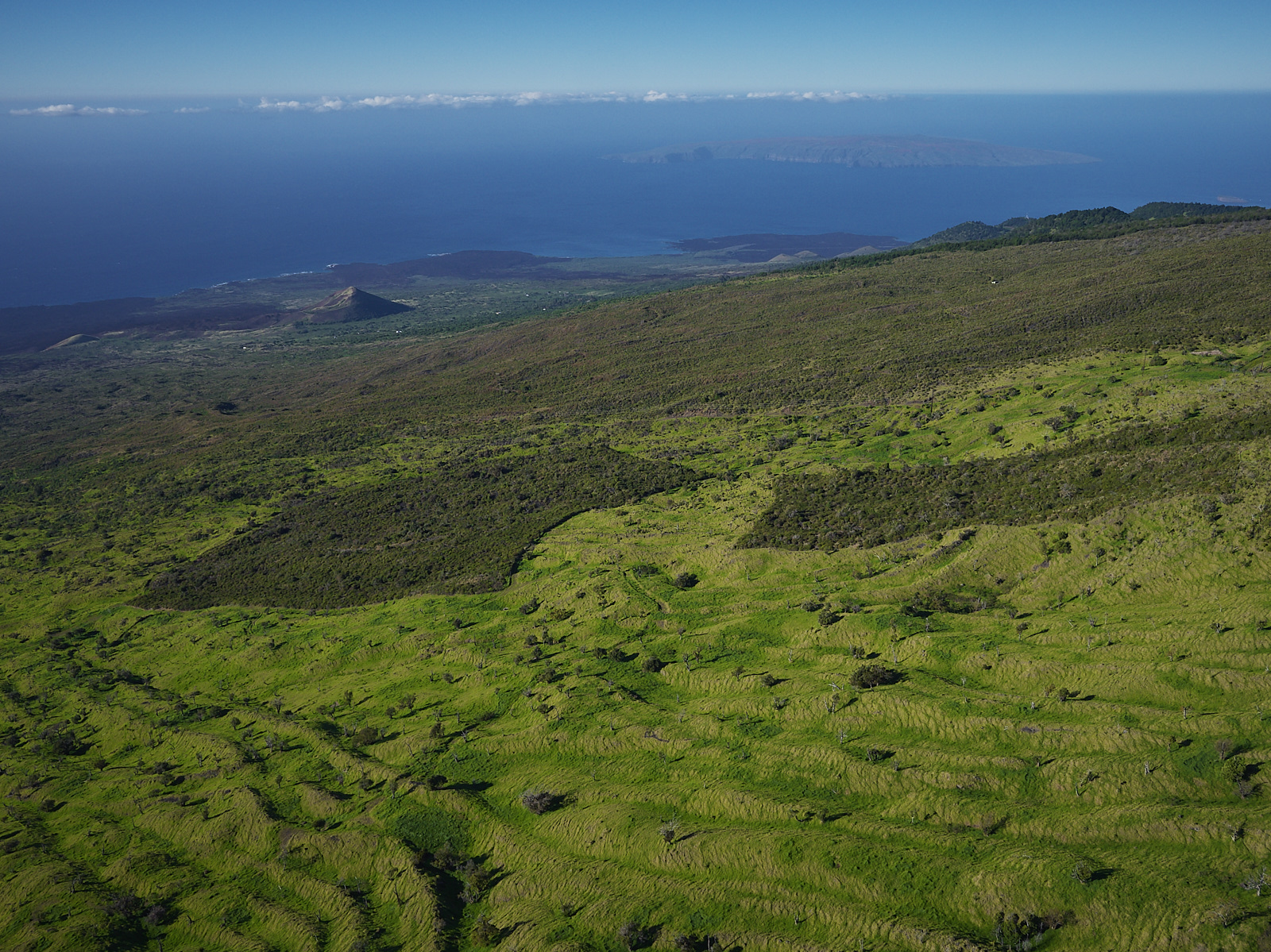
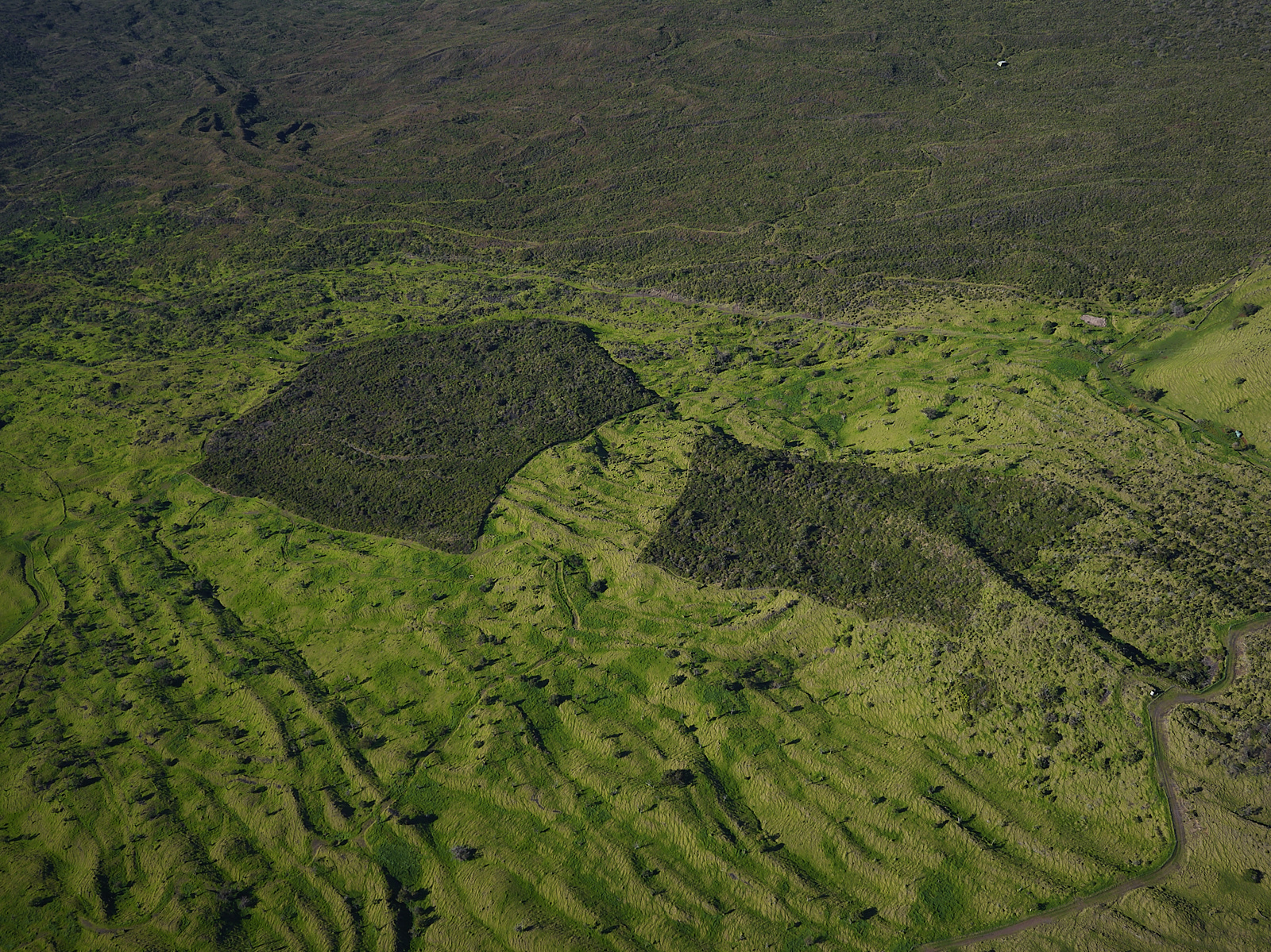

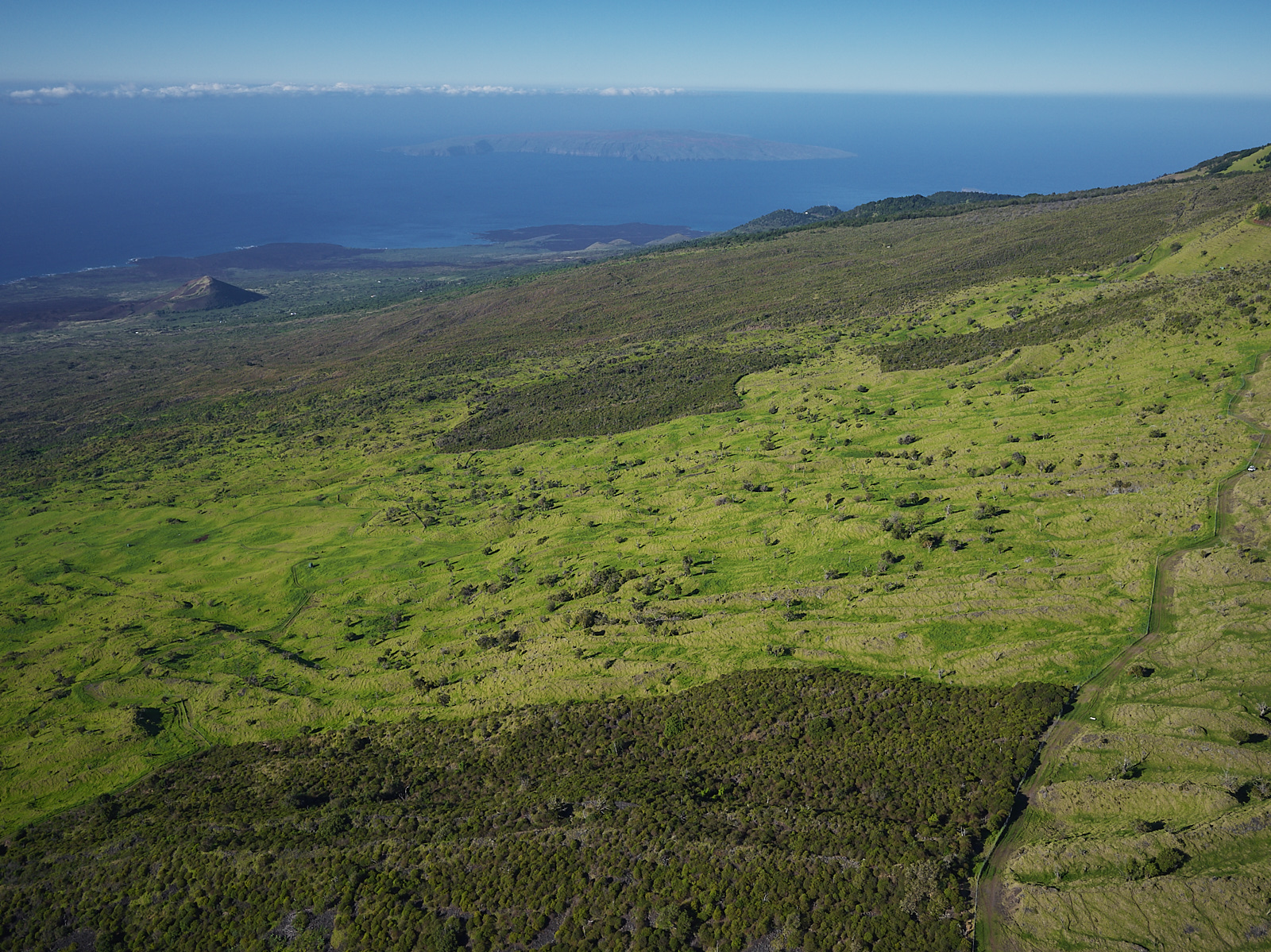


Aerial photos rights reserved to Makana Creative
Check out this 20-minute short film, Ola Ka Honua. Directed by Jilli Rose inspired by the Auwahi Forest.
Additional photography by Makana Creative, Chris Reickert, Bryan Berkowitz, and Zach Pezzillo
